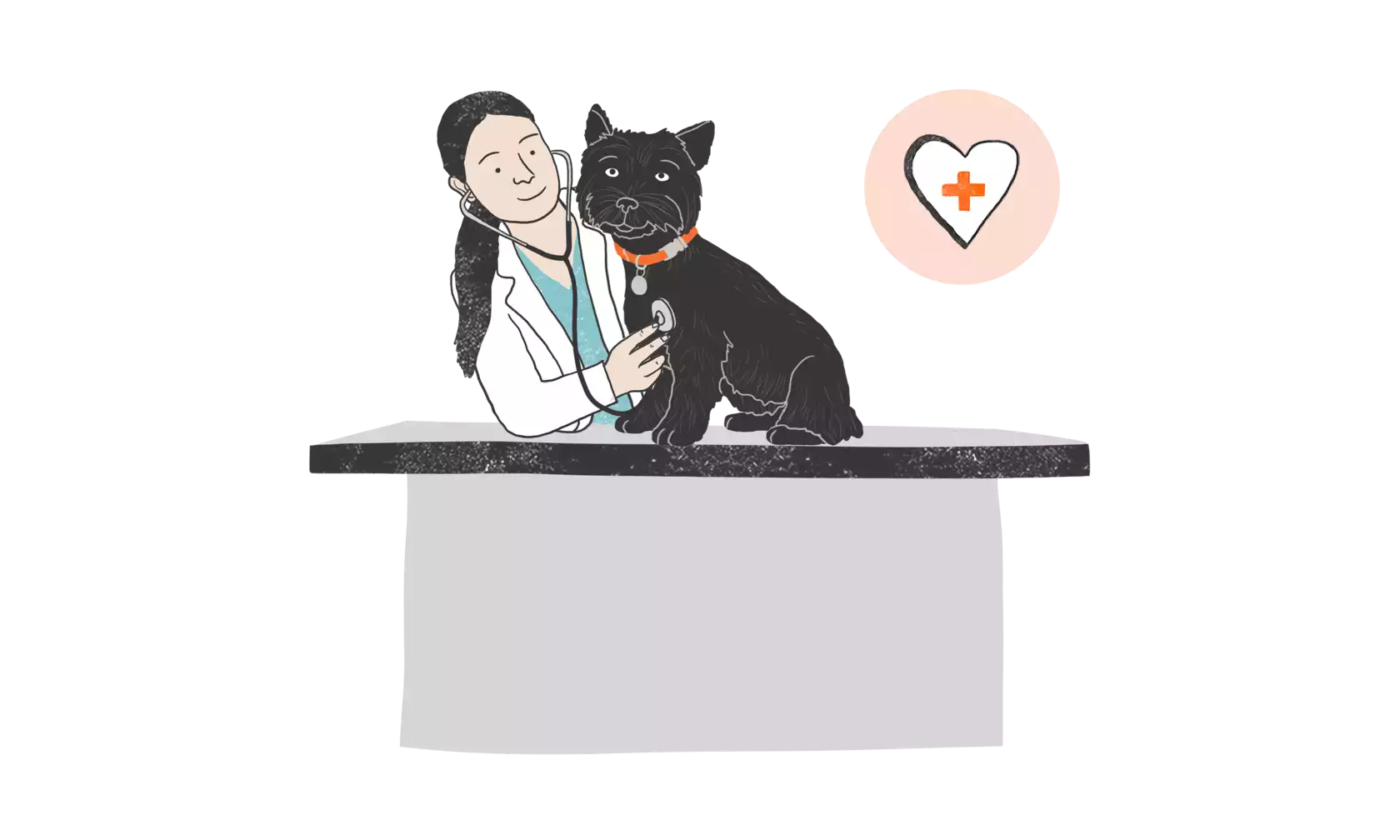Feline panleukopenia (FPV) was once the leading cause of death in cats1. Today, thanks to vaccines, our cats are much safer. Even so, this virus is still commonly found worldwide, especially in multi-cat environments such as shelters. Since this virus is often fatal, it’s important to understand the basics of feline panleukopenia and how to protect your cat.
What Is Feline Panleukopenia Virus (FPV)?
Feline panleukopenia is also called feline parvovirus. The term “panleukopenia” refers to a decrease in the number of white blood cells. White blood cells are essential in the body’s defense against infection and disease. If your cat’s white blood cells drop below normal levels (which is what happens with this virus) they are very susceptible to other infections.
Rapidly growing cells, such as those of bone marrow, intestines, and even a developing fetus, are infected and killed by the feline panleukopenia virus, resulting in serious illness.
Full recovery is often the outcome for healthy kittens over five months and healthy adult cats if aggressive supportive care is provided early in the illness. However, the prognosis is poor for kittens under five months of age and those born to infected mothers. The good news is that cats who survive often have life-long immunity to the virus from that point on.
How Do Cats Get Feline Panleukopenia?
At some point in their lifetime, almost all kittens and cats are exposed to FPV. However, they can fight the infection and avoid illness if they have received an effective vaccine.
Infection is most commonly seen in unvaccinated cats three to five months old, but unvaccinated cats of any age can be infected. The most susceptible are young kittens as well as sick, immunocompromised, and unvaccinated cats.
It’s an extremely tough virus that lives everywhere in the environment. Essentially all bodily secretions and excretions from infected cats (like urine, nasal discharge, and especially poop) contain the virus. Susceptible cats can be infected through the nose and mouth by coming into direct contact with an infected cat or indirect contact with contaminated water, bowls, bedding, shoes, clothing, and even people’s hands. Cats can even become infected from fleas who visited infected cats.
The virus is very hardy and can survive in the environment for up to a year1. Cats at higher risk can become infected without any direct contact with the infected cat.
What Are the Symptoms of Feline Panleukopenia?
Cats who become sick with feline panleukopenia are usually less than one year old, but compromised and unvaccinated cats of any age can become sick. Symptoms develop about three to five days after exposure and include:
- Fever
- Depression
- Lethargy
- Loss of appetite
- Vomiting (starts one to two days after fever)
- Possible diarrhea that may contain blood
- Dull and rough fur
- In severe cases, dehydration can develop quickly.
Since the virus weakens a cat’s immune system, they often develop secondary infections that can cause greenish-yellow discharge from the eyes and nose, as well as other symptoms.
With little to no warning, severe cases can result in death, and sadly, feline panleukopenia is usually fatal for kittens.
Infected pregnant cats may lose their kittens or have kittens with severely damaged cerebellums. This syndrome is called feline cerebellar ataxia, and it causes kittens to have an abnormal gait and tremors.
Is Feline Panleukopenia Contagious?
The virus that causes feline panleukopenia is highly contagious among cats. It is not contagious to people or dogs. However, ferrets can catch FPV from cats.
How Is Feline Panleukopenia Diagnosed and Treated?
Your veterinarian will diagnose feline panleukopenia based on your cat’s symptoms, blood test results, and special tests performed on their poop.
Hospitalization is required so aggressive supportive care can be provided. Treatment generally includes:
• Intensive fluid therapy via an intravenous catheter to correct and manage dehydration
• Supplementation of glucose and potassium
• Antibiotic therapy for secondary infections
• Medications to control vomiting
• Nutrient supplementation once vomiting stops
Most cats who survive the first five days of treatment typically recover.
How Can You Protect Your Cat from Feline Panleukopenia?
The FPV vaccine is a core vaccine and the best way to protect your cat from this life-threatening virus. This vaccine can be started when kittens are six to eight weeks of age and is booster-ed every three to four weeks up to 16 weeks. Unvaccinated older kittens and adult cats should receive a series of two vaccines about three to four weeks apart. The schedule for boosters is dependent on age, health status, and the risk of feline panleukopenia in the area.
Isolation and Separation Are Important
Infected cats may need to be isolated from other cats and kept in areas that are easy to clean and disinfect. Isolation should continue for two weeks after your cat recovers since they can still be shedding the virus. However, isolation is not the key to preventing the spread of the infection. Work with your veterinarian on a plan if you have a household with multiples cats.
Isolation areas should be cleaned and disinfected daily with disinfectants known to kill the virus.
Routine cleaning is essential during this time to decrease the spreading of the virus. Soak and wash bowls and toys in hot water and soap.
Thoroughly wash your hands after handling an infected cat. Be sure to clean under the nails as well. Then, apply an alcohol-based hand sanitizer and change clothes before handling other cats.
Since feline panleukopenia is resistant to many disinfectants and can survive in the environment for an extended period, do not allow unvaccinated cats in areas where infected cats were, even if the area was cleaned and disinfected.
If you’re bringing a new cat into your home, especially if they’re coming from a shelter, they should be isolated for a few weeks to monitor for any signs of FPV.
ZPC-03140
- Feline Panleukopenia. American Veterinary Medical Association. https://www.avma.org/resources-tools/pet-owners/petcare/feline-panleukopenia. Accessed October 12, 2023.



